For hundreds of years, Polish children have been listening to story about Wanda. It is one of the most famous Polish legends associated with Krakow.
Wanda was the daughter of the city's founder, Krak (or Krakus, also a mythical figure). After his death, she became queen. She was beautiful, wise, and just, and her fame stretched far beyond the country's borders. The German prince Rydygier (Rittiger) wanted to marry her. He threatened to attack Krakow if Wanda refused. Wanting to save her subjects from the war, the young queen committed suicide by throwing herself into the Vistula. When the water threw her body ashore, her subjects buried her there and formed a mound.
It is only a legend. The fact is that in the northern corner of Krakow, in the former village Mogiła (which means "Tomb") located near the Vistula, there is a mysterious mound. It was probably erected in the 7th-8th centuries, and this place was found in written sources as early as in the 13th century under the name "Clara Tumba," which means "Holy Grave." From the 15th century, the mound was officially called the Wanda Mound.

It is a miracle that the mound survived the times after World War II when in the immediate vicinity, the construction of giant steelworks began in the 1950s. Simultaneously, the communist authorities built Nowa Huta, a city that would compete with the "old" Krakow. Now it is one of the districts of Krakow.
The mound is located very close to the main gate and the administration buildings of the Sendzimir (formerly Lenin) steelworks. A tram line leads to it, which is currently under renovation. So the easiest way to find the mound is by walking along the temporarily disused track.

The Wanda Mound is not as picturesquely situated as the Kościuszko Mound or the Krakus Mound. It is between a street that is part of an expressway and the steelworks buildings, and it looks a bit abandoned and forgotten.

View of the mound from the street - the steelworks area begins right behind it.
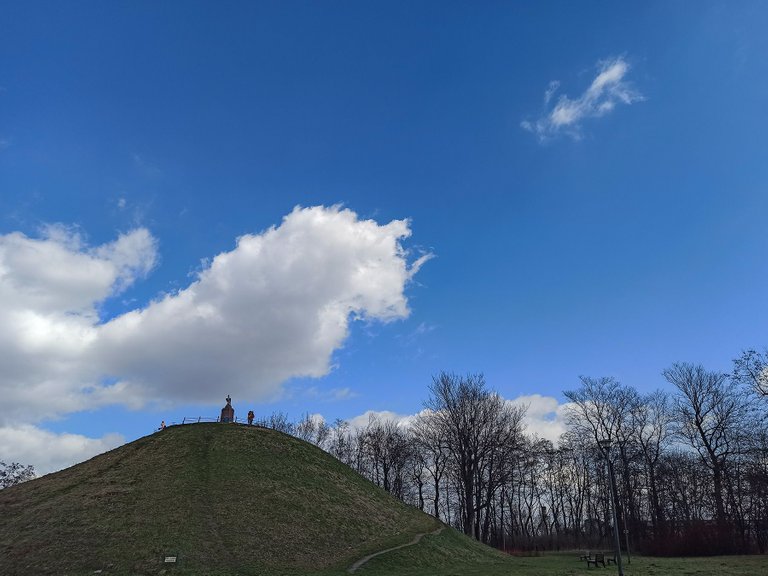
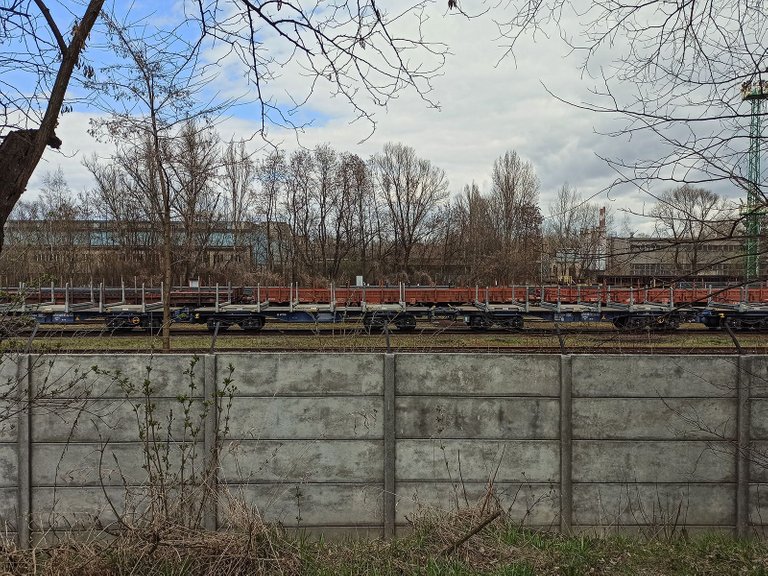
The mound is 14 meters high and is topped with a 19th-century sculpture designed by Polish artist Jan Matejko.

There is a lovely panorama, although not as spectacular as with other mounds. We will not find any monuments or landmarks of the city here.

I wrote more about the old Krakow mounds and their functions here when talking about the Krakus. According to legend, he was the founder of the city and Wanda's father. The most prevalent version is that mounds are tombs (although scientists did not find evidence of this).
I like another theory (I am quoting my text):
One of the most interesting theories about the mound's origin is that it is an astronomical and geodetic object, something like a calendar. Scientists from one of the universities in Krakow have discovered unusual geographic and astrological connections between the Krakus Mound, two other, ancient mounds and the Wawel Hill.
The two other ancient mounds I mentioned are the Wanda Mound and the Estera Mound (which unfortunately no longer exist).
So again, we have a mystery, a legend, and some theories. Unfortunately, written sources appeared in Poland quite late, so we cannot confirm anything today. Wanda Mound's first mentions appeared among chroniclers only in the 15th century, and they too were based on folk tales and legends.

There is another exciting object nearby that I want to tell you.
In previous texts, you can learn that there are plenty of military facilities built in the 19th century by the Austro-Hungarian Empire in Krakow. The Austrian partitioners liked to build forts near Kraków mounds, which I wrote about here, and here. So why not build fortifications also near the Wanda Mound?
And here it is - infantry fort Mogiła.
The fort was built at the end of the 19th century and probably took part in military operations during the so-called I Battle for Krakow in November 1914.
It is very well preserved and has been renovated in recent years. Metal elements were also restored - the gate and shutters.

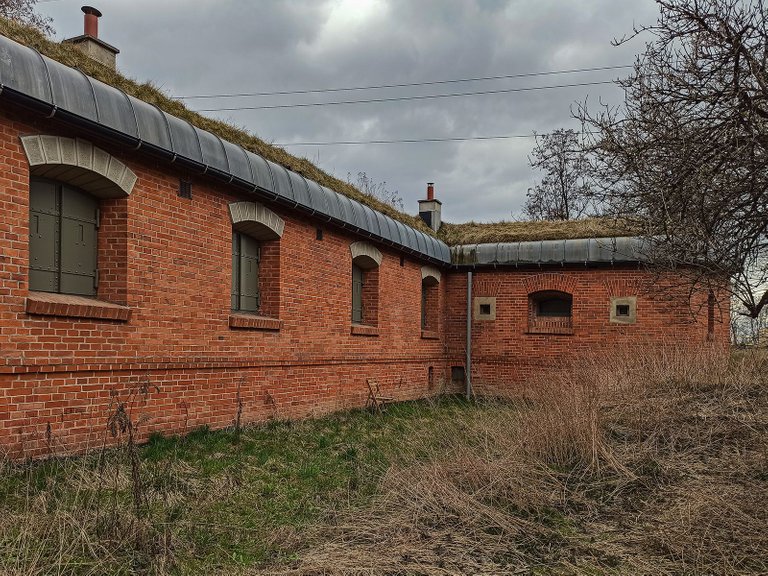

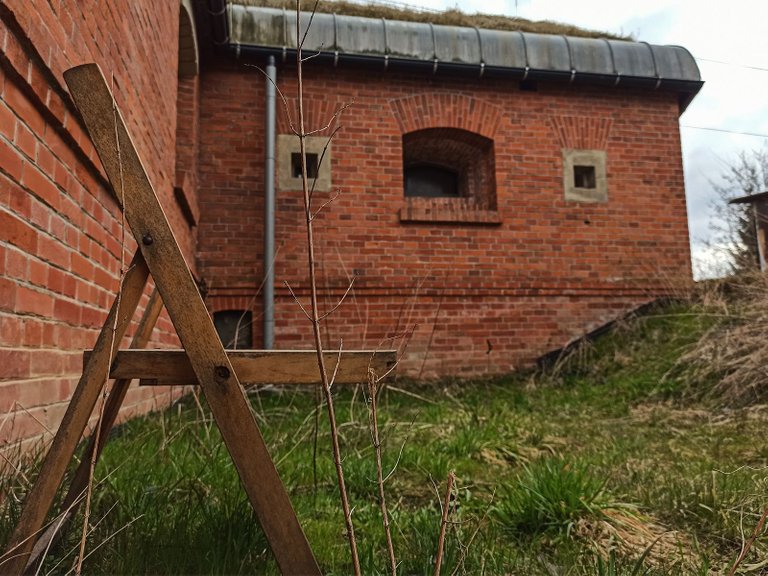
Unfortunately, it is not possible to go inside. I could visit it at "normal" times, but now all that kind of facilities are closed. If they have a door;)
It's worth taking a walk around the fort and climb on the "roof." Thanks to this, we can discover many hidden details.

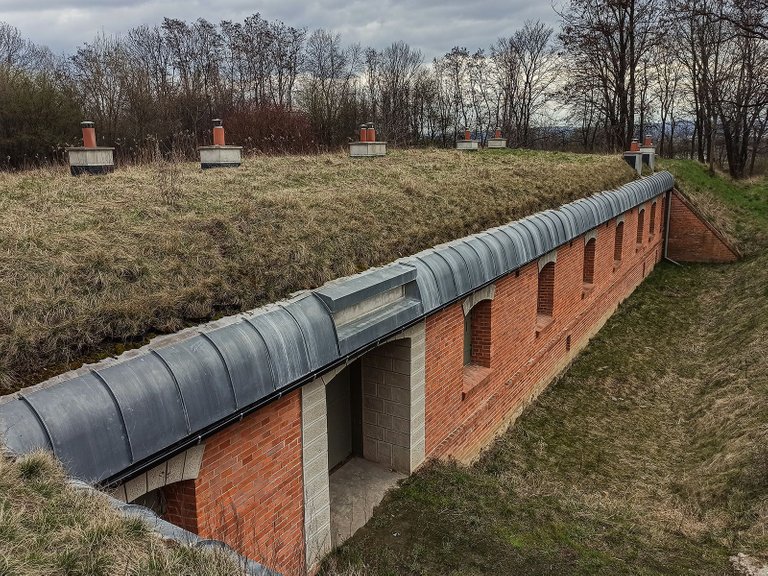

The neighborhood is not very lovely; ugly tin garages surround the fort.
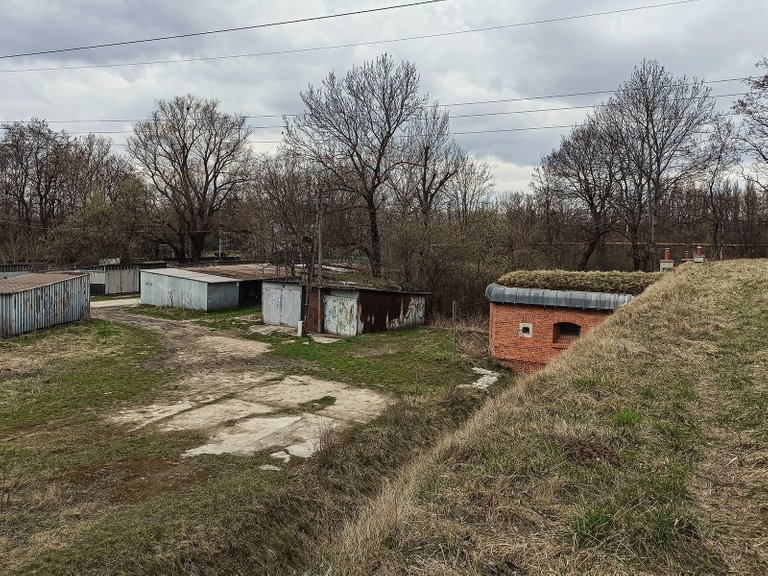
A walk on the "roof" of the fortifications brings discoveries. Maybe I can get inside after all?

Unfortunately not.


That one looks promising!

Let's check it...
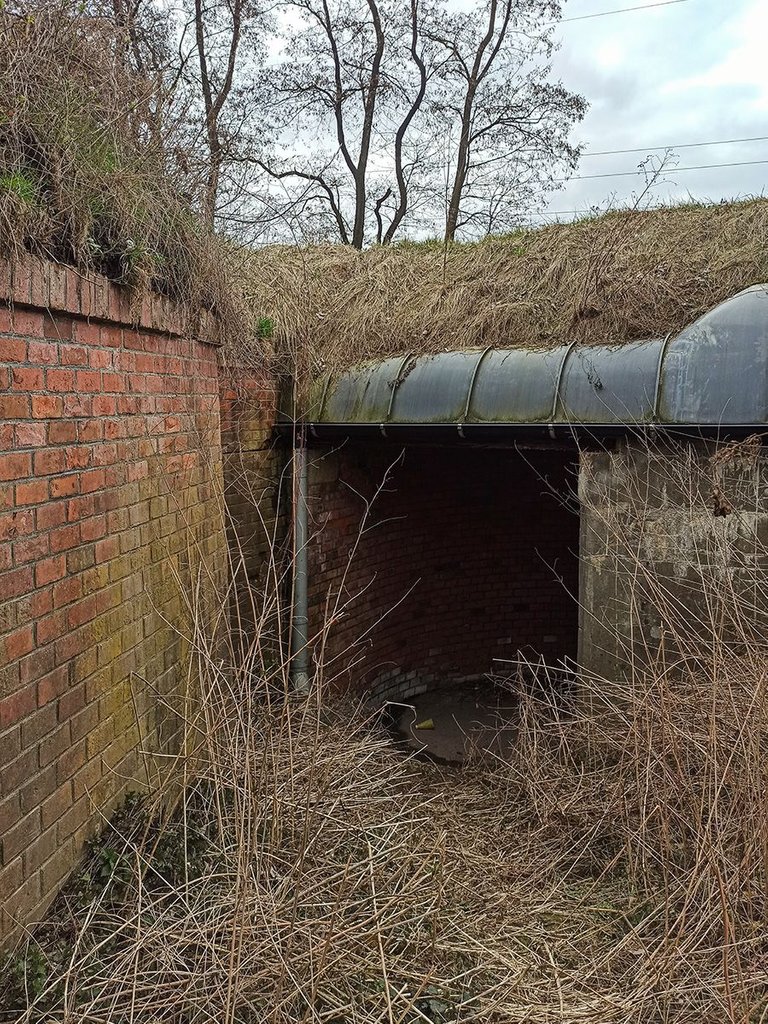
...almost there...

No way.


As you can see, I found some promising potential entrances, but they were all bricked up.
Wait, not all of them! But I don't think I can fit here 😅

Writing several times about Festung Krakau (Kraków Fortress), I emphasized each time that these facilities in Krakow are widespread, almost common. As you can see, it is not difficult to meet them - both in the city center and on its outskirts. Although I am not a fan of warfare, I cannot help but admire this great, well-thought-out project carried out over 50 years at the turn of the 19th and 20th centuries.
I'm sure I'll write about it more than once again. And maybe I can finally get inside!
I'm the only author of the text and photos.
Text sources:
http://www.fortyck.pl/fort_49_12a_mogila.htm
https://pl.wikipedia.org/wiki/Fort_pomocniczy_piechoty_49_%C2%BD_a_%E2%80%9EMogi%C5%82a%E2%80%9D
http://www.fortyck.pl/wiesci_inne_54.htm
https://twojahistoria.pl/2020/03/24/tajemnice-krakowskich-kopcow-krakusa-i-wandy/
Congratulations, your post has been added to Pinmapple! 🎉🥳🍍
Did you know you have your own profile map?
And every post has their own map too!
Want to have your post on the map too?
Hiya, @ybanezkim26 here, just swinging by to let you know that this post made it into our Honorable Mentions in Daily Travel Digest #1163.
Your post has been manually curated by the @pinmapple team. If you like what we're doing, please drop by to check out all the rest of today's great posts and consider supporting other authors like yourself and us so we can keep the project going!
Become part of our travel community: